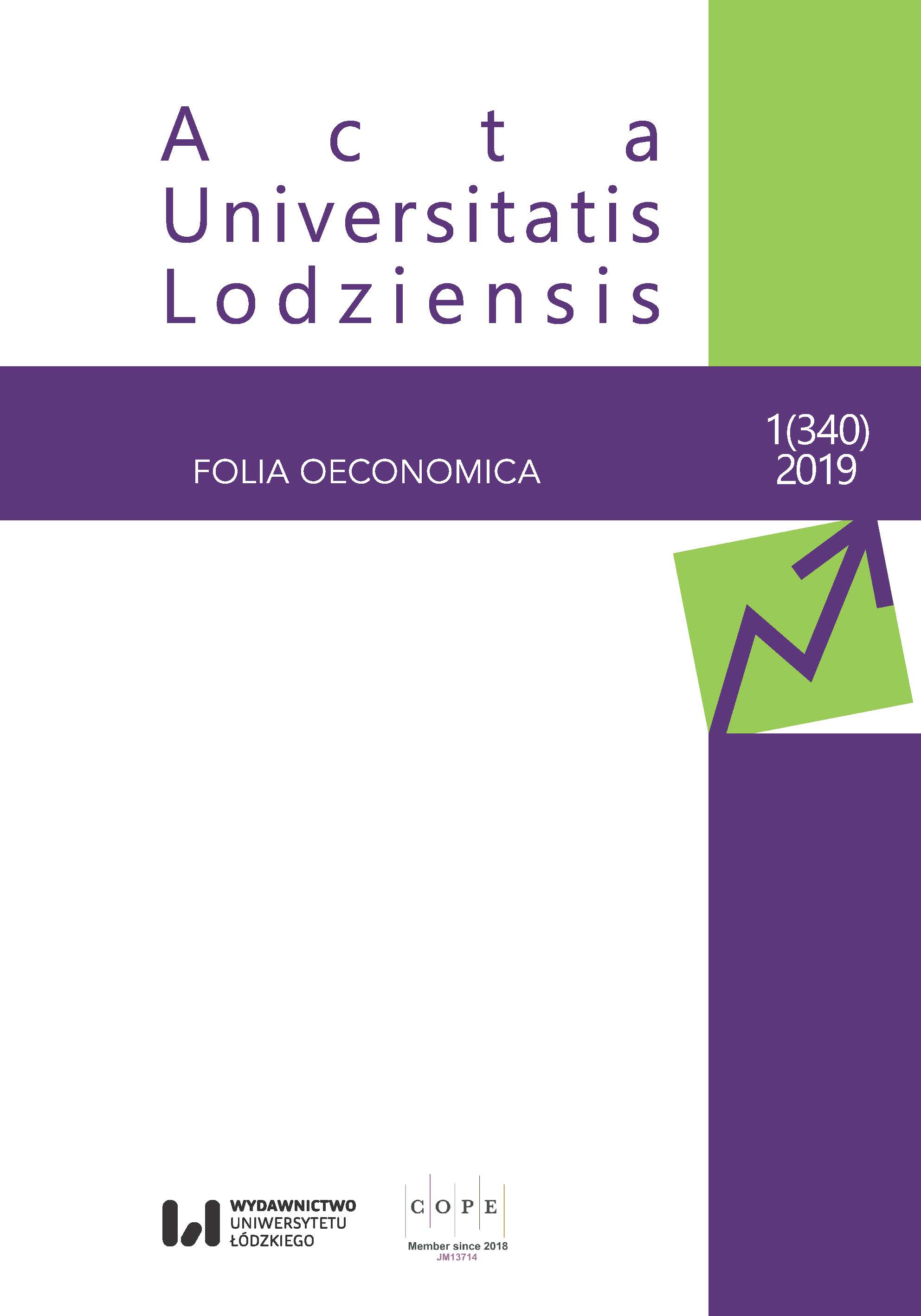Verification of “Too Much Finance” Hypothesis in Central and Eastern European Countries – Empirical Research
Verification of “Too Much Finance” Hypothesis in Central and Eastern European Countries – Empirical Research
Author(s): Wojciech Grabowski, Iwona Maciejczyk-BujnowiczSubject(s): Financial Markets
Published by: Wydawnictwo Uniwersytetu Łódzkiego
Keywords: financial development; GDP growth; panel data model
Summary/Abstract: This paper analyses the relationship between the domestic credit to GDP ratio and economic growth in a group of 11 countries in Central and Eastern Europe. The parameters of the econometric model used, were estimated using a pooled regression method and the Blundell‑Bond systemic estimator. The results of our empirical investigation show that the entire group can be divided into 3 homogeneous sub‑groups with different values of the optimal level of domestic credit to GDP ratio. Estimation of the parameters with the use of a panel model show that Latvia, Lithuania, Estonia and Slovakia would probably have reached a higher level of economic growth if the analysed coefficient had been at a level of 0.48. In the case of the sub‑group encompassing Poland, Czech Republic and Hungary, the optimal value of the analysed coefficient turned out to be 0.6. In the case of the Bulgaria, Croatia and Romania sub‑group, the development of the financial system, which is represented in this article by the ratio of domestic credit to GDP, does not seem to have any impact on the rate of growth of real GDP.
Journal: Acta Universitatis Lodziensis. Folia Oeconomica
- Issue Year: 1/2019
- Issue No: 340
- Page Range: 115-132
- Page Count: 18
- Language: English

